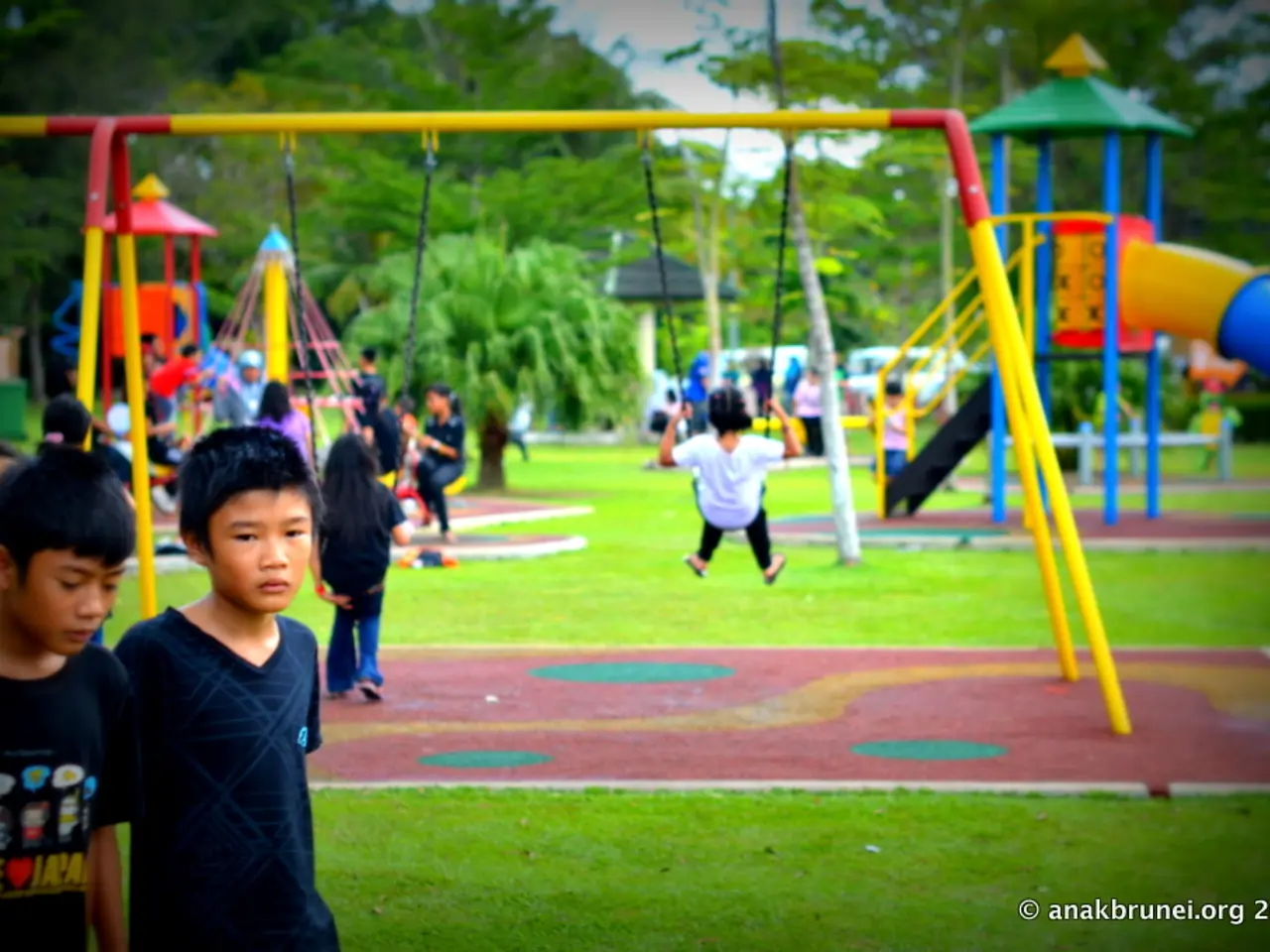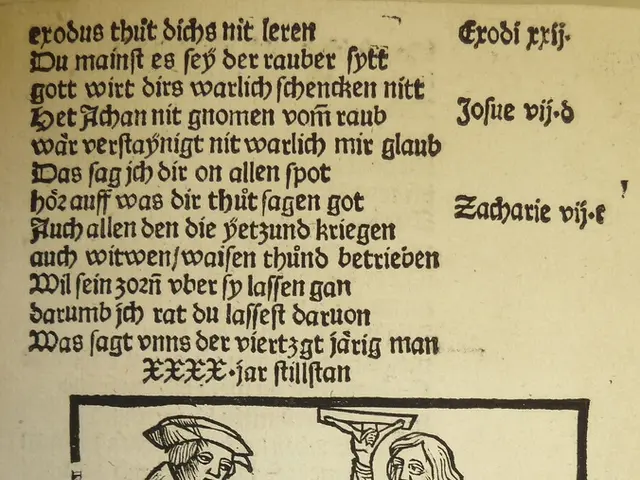School Approaches to Mapping Habitats: An Overview of Three Methods
In schools across the United Kingdom, children are taking part in an exciting new initiative that involves mapping their school grounds as part of a Nature Park project.
At Colneis Junior School in Suffolk, all year groups have been involved in outdoor learning sessions during the spring and summer terms, contributing to mapping the site. The school has divided their grounds into different areas, with each class or group being responsible for one part and then combining the data collected. This collaborative approach has ensured that every pupil feels involved, and their contribution matters.
Similarly, Larkholme Primary School in Lancashire has a strong outdoor curriculum, and they have been incorporating Nature Park resources and activities, including habitat mapping, into their outdoor lessons. Three classes in Year 5 and 6 have mapped three habitat types so far, each taking on one habitat independently. The children at Larkholme enjoy the fact that they are part of a big research project.
Mapping your site is an essential first step in a Nature Park journey, providing a detailed baseline map of habitats on a school site. By mapping the site, schools can track and measure the impact on the environment over time. This real-world data bank is also beneficial for curriculum teaching.
St Peter's Catholic College in Middlesbrough is being supported by The Tree Council, a pilot Nature Park delivery affiliate. The school started by zoning the school grounds and assigning responsibility for the different areas to groups of pupils. Framing the mapping activity as a treasure hunt was well-received by the students, who were enthusiastic to explore their grounds.
Rebecca Sims, Outdoor Learning Coordinator at Larkholme Primary School, mentioned that the children can ask questions like what they have, what they would like more of, and what they can see during the mapping activity. This approach encourages curiosity and active participation from the students.
Participating in habitat mapping contributes to research with scientists at the Natural History Museum, making the project even more exciting for the children. The mapping resources fit well with Larkholme's map skills topic, and the children enjoy the activity because it is relevant to their school grounds.
The 345 pupils at Colneis Junior School feel a sense of pride in their school grounds and are eager to contribute to its transformation into a Nature Park. As the project progresses, it is expected that more schools will follow suit, fostering a love for nature and outdoor learning among the younger generation.
Read also:
- CBD and Marijuana as Potential Treatments for Migraines and Headaches?
- Strategies for Mitigating Negative Feelings in Customer Interaction with Your Goods or Services
- Is it necessary for concerts to be so excessively loud that ear protection is essential?
- Director Celine Song defends her film 'Materialists' against accusations of elitism and classism.







